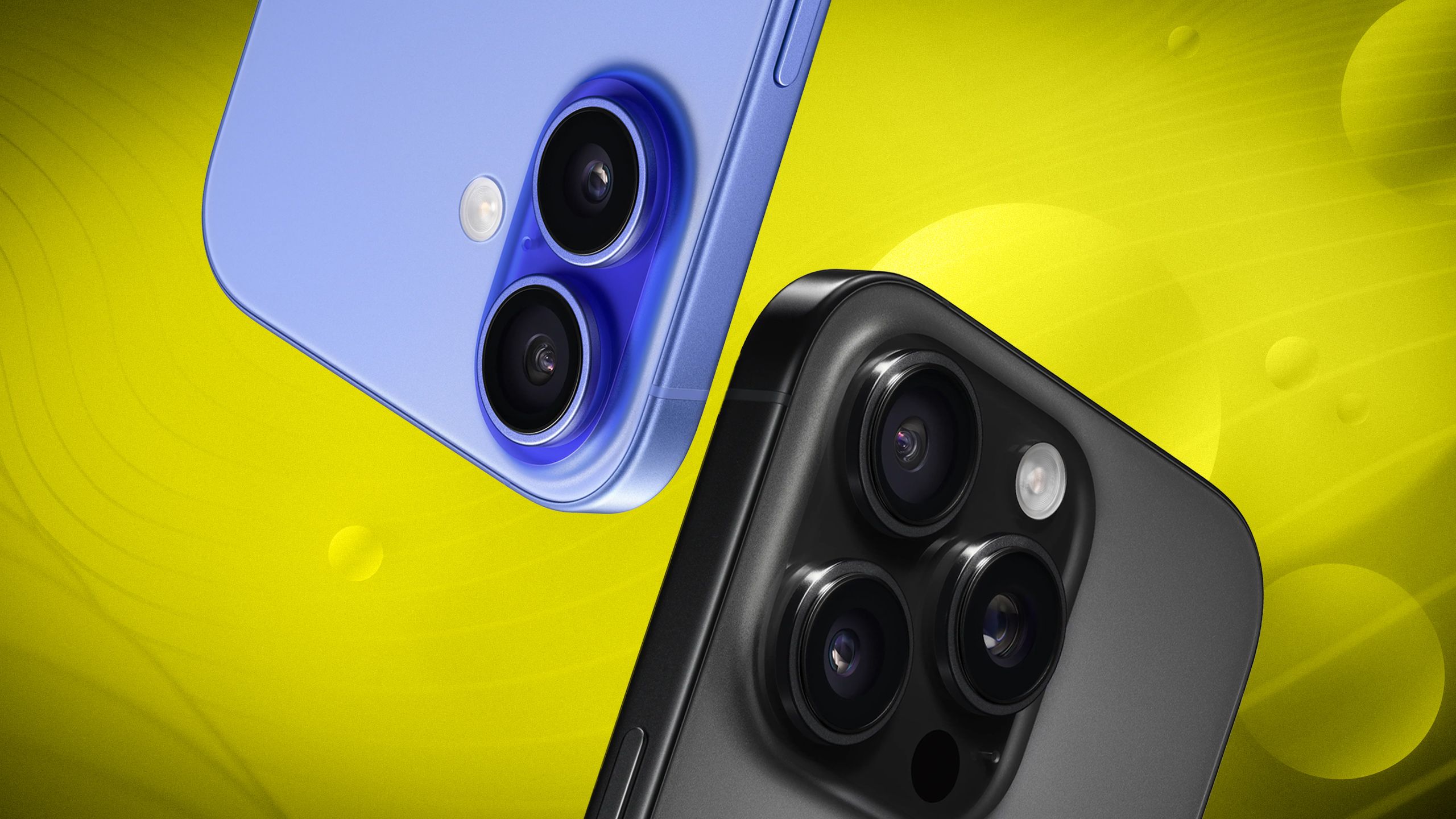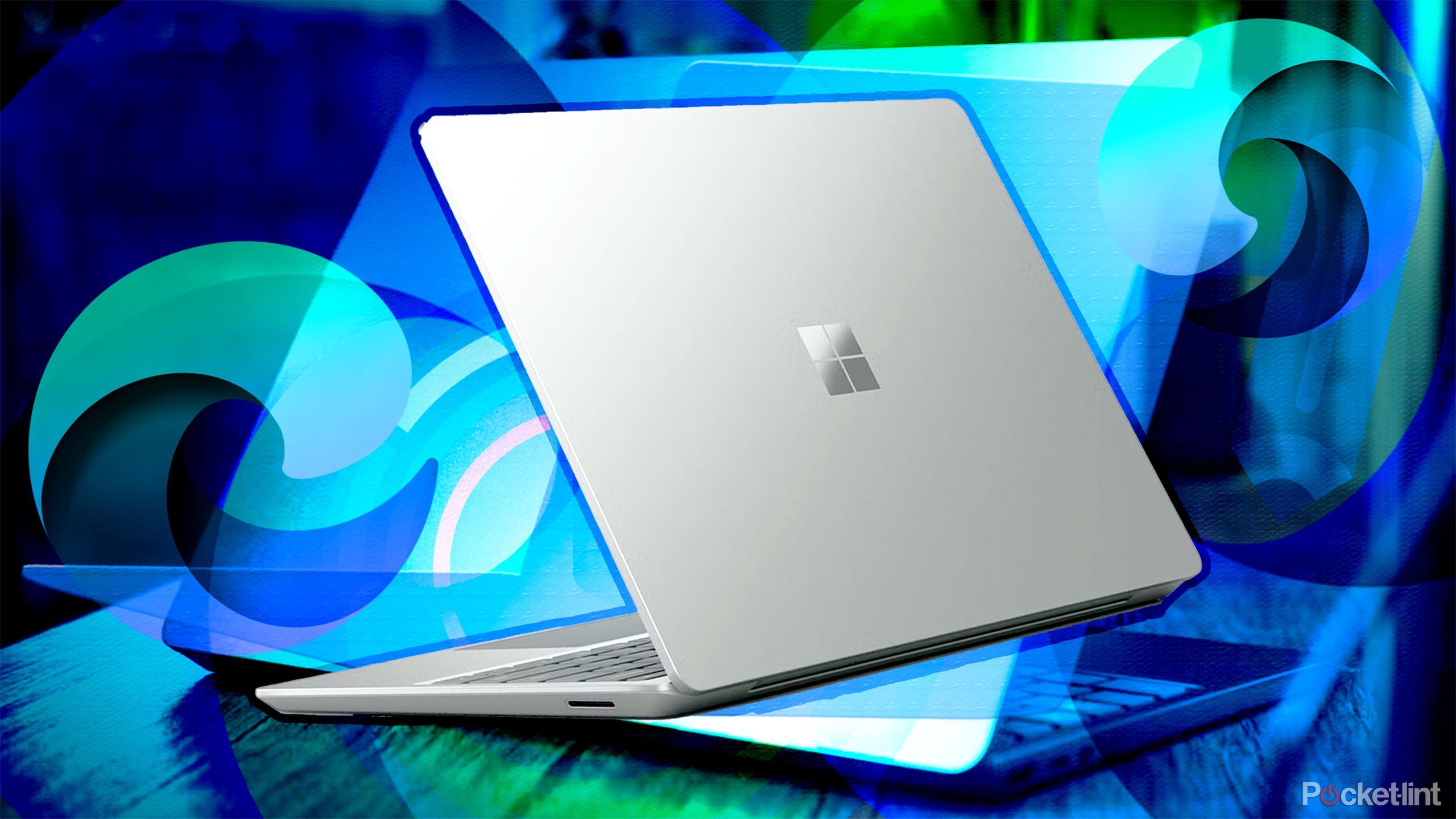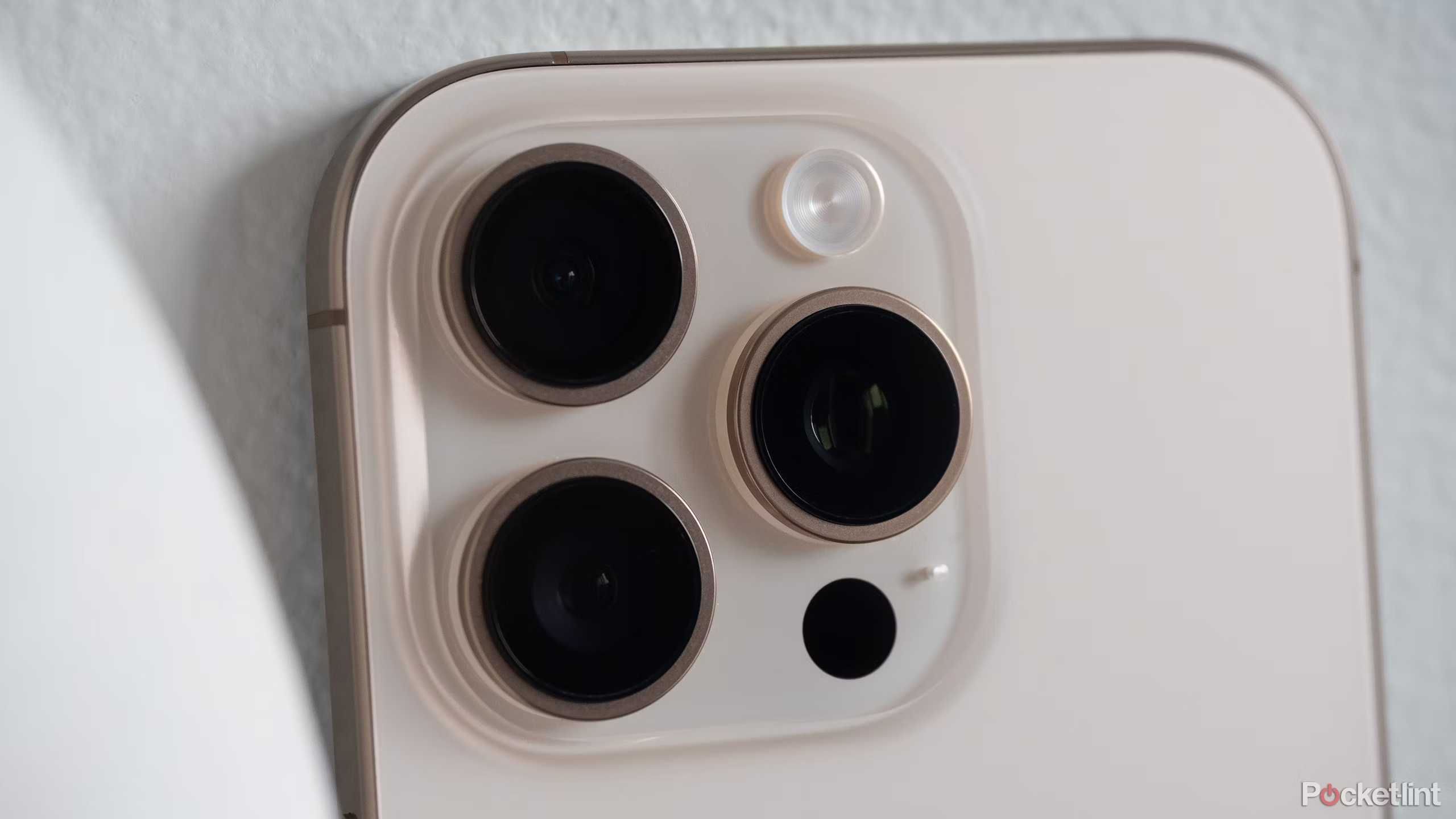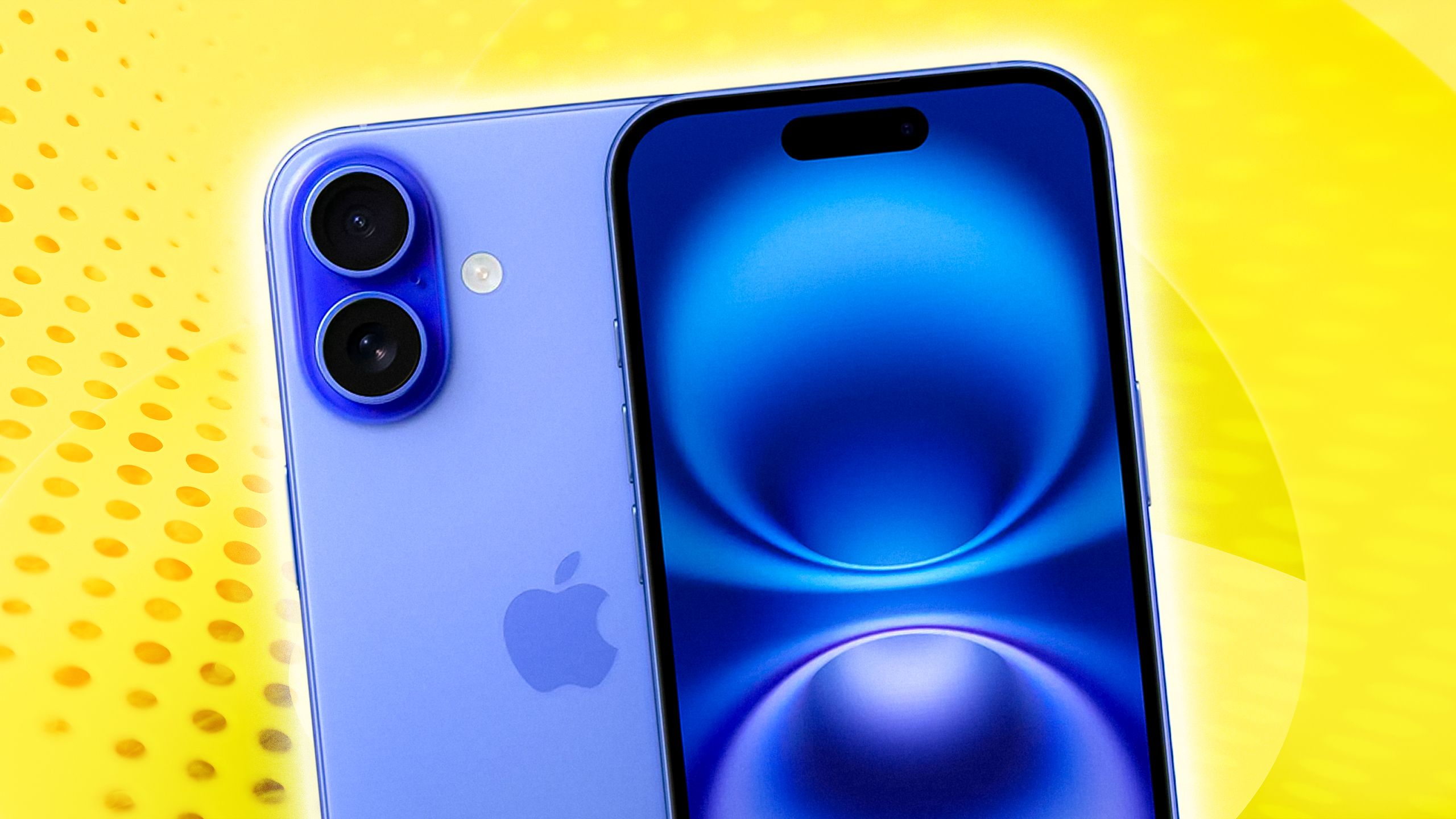Late 2023 MacBook Pro Buyer’s Guide: 14-Inch and 16-Inch Models Compared
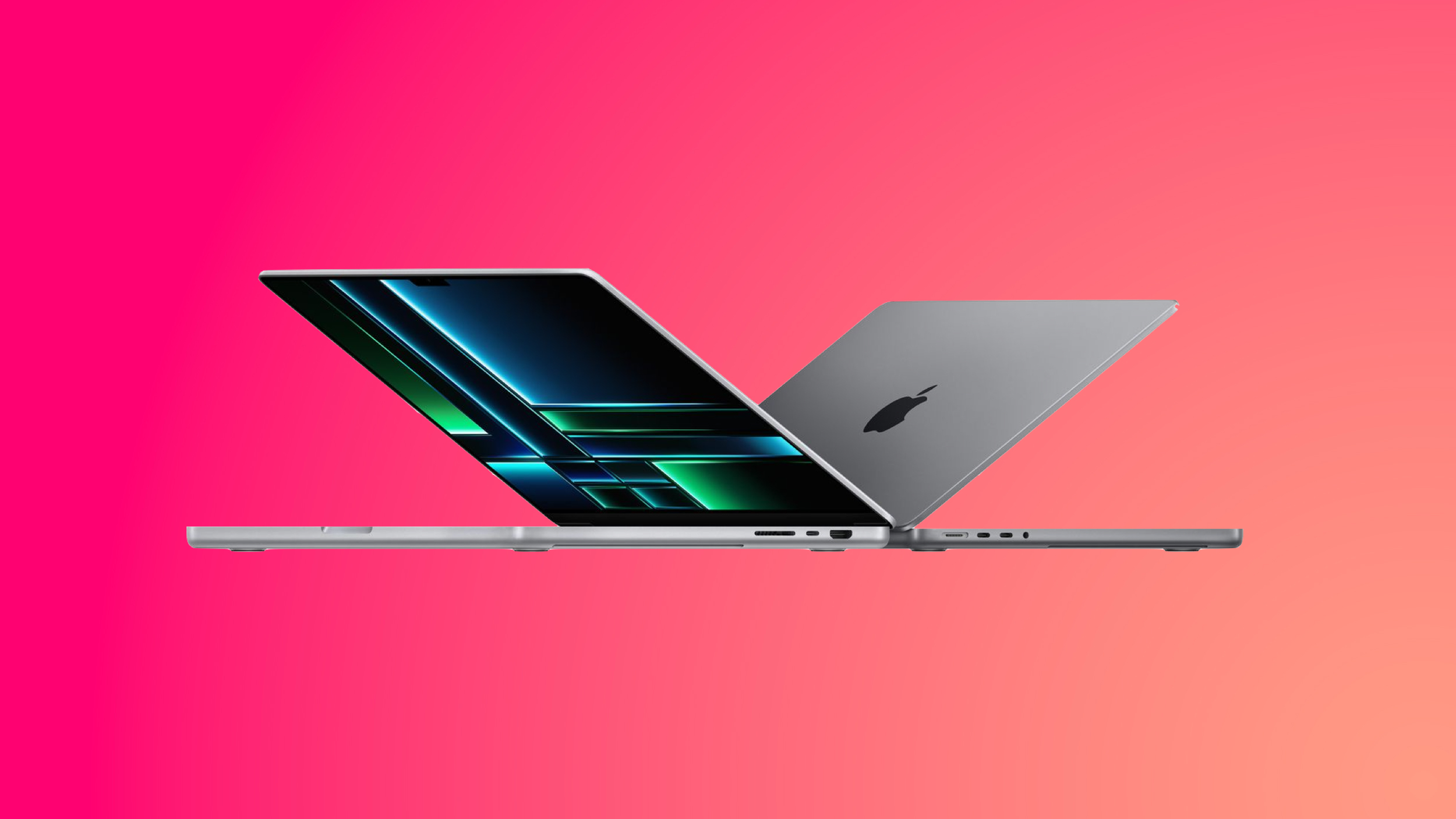
The MacBook Pro is available in 14-inch and 16-inch sizes, with three distinct models starting at $1,599, $1,999, and $2,499, so which should you choose?
With a range of three similar models in the lineup to choose from, our guide helps to answer the question of how to decide which of these MacBook Pros is best for you. The three models are as follows:
14-Inch MacBook Pro with M3: An entry-level model for users who need a machine that is more powerful and versatile than the MacBook Air.
14-Inch MacBook Pro with M3 Pro or M3 Max: A more powerful, high-end model with a choice of performance-focused chips. It comes with one extra Thunderbolt port, higher memory bandwidth, larger quantities of memory, support for additional external displays, an 8TB storage option, and a Space Black color option, but loses four hours of battery life and the Space Gray color option.
16-Inch MacBook Pro with M3 Pro or M3 Max: A model with identical specifications to the 14-inch model with the M3 Pro or M3 Max chips, but with a significantly larger display and four extra hours of battery life. It also gains High Power Mode to boost performance, but loses the ability to fast charge via USB-C.
Each MacBook Pro is configurable to add more a more powerful processor and larger quantities of memory and storage. Read on for a detailed break down of all of the differences between the three MacBook Pro models.
14-Inch MacBook Pro
(M3)
14-Inch MacBook Pro
(M3 Pro and M3 Max)
16-Inch MacBook Pro
14.2-inch display
14.2-inch display
16.2-inch display
0.61 inches thick (1.55 cm)
0.61 inches thick (1.55 cm)
0.66 inches thick (1.68 cm)
Weighs 3.4 pounds (1.55 kg)
M3 Pro: Weighs 3.5 pounds (1.61 kg)
M3 Max: Weighs 3.6 pounds (1.62 kg)
M3 Pro: Weighs 4.7 pounds (2.14 kg)
M3 Max: Weighs 4.8 pounds (2.16 kg)
Configurations start with M3 with 8-core CPU and 10-core GPU
Configurations start with M3 Pro with 11-core CPU and 14-core GPU
Configurations start with M3 Pro with 12-core CPU and 18-core GPU
High Power Mode to boost M3 Max performance
100GB/s memory bandwidth
M3 Pro: 150GB/s memory bandwidth
M3 Max: 300GB/s or 400GB/s memory bandwidth
M3 Pro: 150GB/s memory bandwidth
M3 Max: 300GB/s or 400GB/s memory bandwidth
8GB, 16GB, or 24GB unified memory
M3 Pro: 18GB or 36GB unified memory
M3 Max: 36GB, 48GB, 64GB, 96GB, 128GB unified memory
M3 Pro: 18GB or 36GB unified memory
M3 Max: 36GB, 48GB, 64GB, 96GB, 128GB unified memory
Support for one external display
M3 Pro: Support for up to two external displays
M3 Max: Support for up to four external displays
M3 Pro: Support for up to two external displays
M3 Max: Support for up to four external displays
Two Thunderbolt / USB 4 (USB-C) ports
Three Thunderbolt 4 (USB-C) ports
Three Thunderbolt 4 (USB-C) ports
Fast charging over MagSafe 3 or USB-C port
Fast charging over MagSafe 3 or USB-C port
Fast charging over MagSafe 3 only
22-hour battery life when playing back video
18-hour battery life when playing back video
22-hour battery life when playing back video
Integrated 70-watt-hour lithium-polymer battery
Integrated 72.4-watt-hour lithium-polymer battery
Integrated 100-watt-hour lithium-polymer battery
70W USB-C Power Adapter
70W USB-C Power Adapter (with M3 Pro with 11-core CPU)
96W USB-C Power Adapter (with M3 Pro with 12-core CPU or M3 Max, configurable with M3 Pro with 11-core CPU)
140W USB-C Power Adapter
512GB, 1TB, or 2TB storage
512GB, 1TB, 2TB, 4TB, or 8TB storage
512GB, 1TB, 2TB, 4TB, or 8TB storage
Available in Space Gray and Silver
Available in Space Black and Silver
Available in Space Black and Silver
Starts at $1,599
Starts at $1,999
Starts at $2,499
Display Size
The MacBook Pro is offered in 14.2-inch and 16.2-inch display sizes. The 16.2-inch display is a better replacement for a desktop machine and provides much more screen space to arrange multiple windows and use professional applications that benefit from the additional display area. The 14.2-inch display is still larger than the 13.3-inch MacBook Air and MacBook Pro models from recent years, and will likely be the best overall balance of needs for most users.
While the “notch” containing the webcam does eat into the display space very slightly, both displays are larger than MacBook Pro models from before 2021, so there is still more display area overall. In addition, the display area below the notch has an aspect ratio of exactly 16:10, just like previous MacBook Pro models, to ensure that the notch does not impede normal display views or watching media. On this basis, if you are concerned about the notch, you should not necessarily feel obliged to get the larger, 16-inch MacBook Pro. That being said, since the notch is the same size on both models, it may be slightly less noticeable on the 16-inch model.
Design
The 16-inch model is, of course, physically larger than the 14-inch model, with a markedly bigger overall footprint. It is also worth noting that the 16-inch model is also 0.13 cm thicker and up to 2.4 pounds (0.61 kg) heavier.
The 14-inch MacBook Pro is decidedly more portable and comfortable than the 16-inch model to carry around on a daily basis. Though the 16-inch MacBook Pro can still fit in larger bags and is an acceptable size for travel, it is a much bigger, heavier machine. If you are considering the 16-inch MacBook Pro, you should make sure you are comfortable with its size and weight – especially if you plan to use it on the go.
Models with the M3 Pro and M3 Max chips are available in a new Space Black finish, so if you want this color option, you must ensure that you are buying one of the more powerful machines.
Chip Configurations
Both the 14-inch and 16-inch models are equally upgradeable to the M3 Max chip with a 16-core CPU and 40-core GPU, but if you are looking to spend as little as possible or do not need a high level of performance for intense workflows the 14-inch MacBook Pro is also available with the standard M3 chip. The M3 offers a more balanced processor with more of a focus on efficiency to prolong battery life, which will be more appropriate for users with less demanding requirements. Buyers should be aware that the M3 chip is limited to 100GB/s memory bandwidth, 24GB of memory, 2TB storage, and supports just one external display.
We do not yet have a full set of Geekbench benchmarks for the new MacBook Pro models, but the below table gives an early sense of the performance differences that we’re aware of so far:
Single-Core
Multi-Core
M3
~3,140
~11,990
M3 Pro
TBC (~3,185 likely)
TBC (>14,300 likely)
M3 Max
~3,230
~21,560
The base configuration of the 14-inch MacBook Pro features an M3 Pro with 11-core CPU and 14-core GPU, while the base 16-inch model contains an M3 Pro with 12-core CPU and 18-core GPU. If you upgrade the 14-inch model to the same M3 Pro with 12-core CPU and 18-core GPU that the 16-inch model starts with, it increases to $2,299 – just $200 less than the starting price of the 16-inch model.
For those who are leaning toward buying the 16-inch MacBook Pro and want the M3 Pro with 12-core CPU and 18-core GPU at a minimum, the slimmer price difference between the two models to just $200 may make it easier to justify getting the larger machine. On the other hand, if you do not need the performance of the M3 Pro with 12-core CPU and 18-core GPU, the 16-inch model may be overkill, and getting the 14-inch model will be the best way to keep costs down.
High Power Mode
The 16-inch MacBook Pro with the M3 Max chip offers a software feature called High Power Mode. When enabled, High Power Mode boosts the machine’s performance to better meet the needs of intensive, sustained workloads.
High Power Mode is designed to optimize and improve performance for resource-intensive tasks, such as color grading 8K ProRes video, according to Apple. When enabled, High Power Mode will de-prioritize resource-hungry system processes in order to leverage the full performance capability of the M3 Max chip. The setting is effectively the opposite of “Low Power Mode,” which aims to decrease system performance in favor of prolonging battery life.
How to Use High Power Mode on 16-inch MacBook Pro
The 14-inch MacBook Pro does not feature High Power Mode, so if you want the ability to selectively push the M3 Max chip to its limits, you will need to buy the 16-inch model.
Battery Life
Owing to its larger size, the 16-inch MacBook Pro contains a larger battery and has longer-lasting battery life. The 14-inch model contains a 70- or 72.4-watt-hour battery, while the 16-inch model contains a 100-watt-hour battery.
Apple says the M3 14-inch MacBook Pro can deliver up to 22 hours of battery life when playing back video, but this drops to 18-hours when configured with the M3 Pro or M3 Max. The 16-inch model adds four hours for 22-hour battery life when playing back video. For users who need maximum battery life, the M3 14-inch model or any of the 16-inch configurations will be the best option. That being said, the M3 Pro and M3 Max 14-inch model’s 18-hour battery life is still good enough for most users.
Charging
The 14-inch MacBook Pro uses a 70W or 96W USB-C power adapter for charging, while the 16-inch model comes with a 140W power adapter. Both models support fast charging, but a 96W or higher USB-C power adapter is required. The 96W USB-C power adapter is a $20 option on the base model 14-inch MacBook Pro, but it comes as standard with M3 Pro configurations with a 12-core CPU and ones with the M3 Max.
Both models can use the MagSafe 3 port to fast charge, but it is also possible to fast charge the 14-inch model using one of its USB-C/Thunderbolt 4 ports. If you require the flexibility of being able to fast charge via USB-C, you will need to buy the 14-inch model to have this functionality.
It is worth noting that both the 14- and the 16-inch models can charge with up to 100W via their USB-C ports, but since the 16-inch model has a larger battery, it is not classified as “fast charging” on this machine.
Final Thoughts
The 16-inch MacBook Pro is $500 more than the 14-inch model with the base M3 Pro chip, so you should be sure that you need the additional display area, battery life, and perhaps even High Power Mode support to justify its higher price. That being said, if you upgrade the 14-inch model to the same M3 Pro with 12-core CPU and 18-core GPU that the 16-inch model starts with, the price difference shrinks to $200, and it may be worth opting for the larger model – especially if you could take advantage of its longer battery life.
Buyers of the 16-inch model should be aware that it is considerably larger, thicker, and heavier than the 14-inch model, to the extent that it could be needlessly cumbersome to some users. The 14-inch MacBook Pro is clearly a more portable machine, so if you intend to carry your MacBook Pro around frequently or need the versatility of it easily fitting into a bag for transport, the smaller model is the better option by far.
If you need more than 8GB of memory and are interested in the 14-inch model with the M3 chip, a 16GB memory configuration pushes the price up to $1,799. The 14-inch MacBook Pro with the M3 Pro chip has 18GB of memory as standard and starts at $1,999. In this case, it is likely worth spending the extra $200 to gain one extra Thunderbolt port, three extra CPU cores, four extra GPU cores, two more gigabytes of memory, and Space Black color option, unless you are particularly concerned about losing two hours of battery life.
This article, “Late 2023 MacBook Pro Buyer’s Guide: 14-Inch and 16-Inch Models Compared” first appeared on MacRumors.com
Discuss this article in our forums
